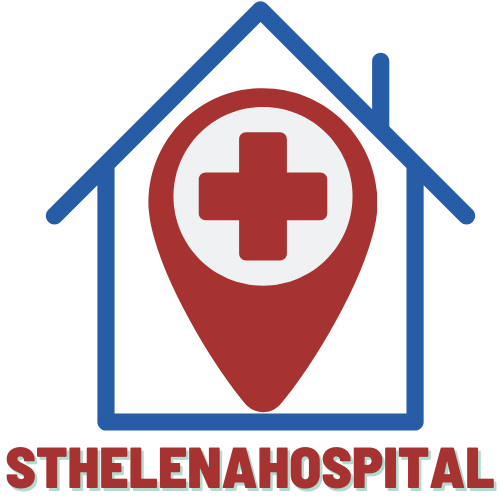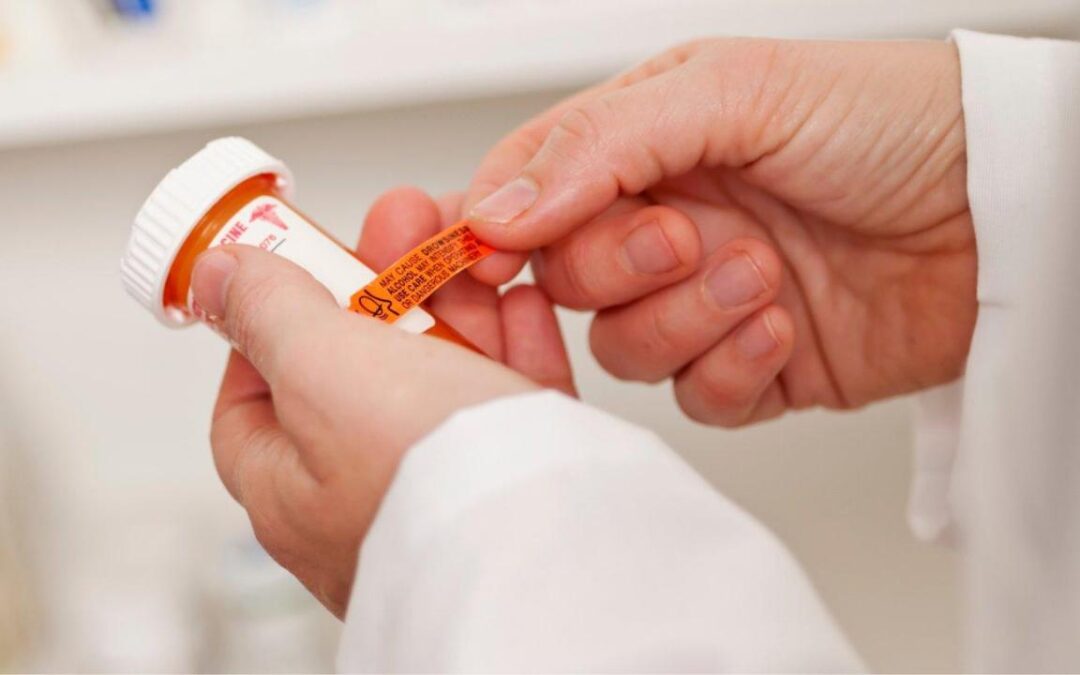Drug safety is at the heart of pharmaceutical development, with rigorous systems designed to protect patients while enabling medical innovation. The pharmaceutical industry has evolved significantly in how it approaches this critical balance, developing sophisticated methods for monitoring medications throughout their lifecycle. This field, known as pharmacovigilance, has become increasingly important as medications become more complex and global healthcare systems more interconnected. The expertise showcased on platforms like marketingplay.es demonstrates how crucial proper safety monitoring has become in the pharmaceutical business landscape.
The History and Development of Pharmacovigilance
The journey of pharmacovigilance begins nearly 170 years ago, with early incidents highlighting the need for systematic safety monitoring. In 1848, a young girl named Hannah Greener died after receiving chloroform for a routine tonsillectomy, marking one of the first documented cases of an adverse drug reaction. By 1893, The Lancet had established a commission specifically to report deaths related to anesthesia, representing an early form of organized safety monitoring.
Major Drug Safety Events That Changed Regulations
Several tragic events served as catalysts for modern drug safety regulations. In 1937, a sulfanilamide elixir containing diethyl glycol led to 107 deaths in the USA, prompting the establishment of the 1938 Federal Food, Drug and Cosmetic Act. However, it was the thalidomide tragedy of the late 1950s and early 1960s that truly transformed pharmaceutical regulation globally. When Dr. McBride published a letter in 1961 linking thalidomide to severe birth defects, it revealed the devastating consequences of inadequate safety testing. In the United States, Dr. Frances Kelsey at the FDA refused to approve thalidomide despite commercial pressure, potentially saving thousands from harm and highlighting the critical importance of thorough safety reviews.
The Shift From Reactive to Proactive Safety Monitoring
Following these events, safety monitoring evolved from reactive to proactive approaches. The United Kingdom introduced the Yellow Card scheme in 1964, creating a formal system for healthcare professionals to report adverse drug reactions, later extending this capability to patients in 2005. The World Health Organization established its Programme for International Drug Monitoring in 1968, initially with just 10 participating countries. Today, this program includes 157 full members and 23 associate members, demonstrating the global recognition of pharmacovigilance importance. The Uppsala Monitoring Centre, founded in 1978, now maintains VigiBase, a database containing over 30 million safety reports from around the world.
Modern Pharmacovigilance Systems in Pharmaceutical Companies
Contemporary pharmaceutical companies have integrated comprehensive pharmacovigilance systems into their core operations. These systems represent a significant investment but are essential for maintaining public trust and ensuring regulatory compliance. Modern pharmacovigilance extends far beyond simple adverse event reporting, encompassing sophisticated risk assessment and management strategies throughout a product’s lifecycle.
Data Collection Methods and Adverse Event Reporting
Pharmaceutical companies employ multiple channels for gathering safety information. Healthcare professionals remain a primary source of adverse event reports, but increasingly, patients themselves are empowered to report their experiences directly. Digital technologies have transformed data collection, with electronic health records, patient registries, and even social media monitoring providing valuable insights into real-world medication use. Despite these advances, underreporting remains a significant challenge. In the United States, it is estimated that less than 10% of adverse drug reactions are reported through the FDA’s MedWatch system, suggesting that actual incidence rates may be substantially higher than documented.
Risk Management Plans and Safety Signal Detection
Modern pharmacovigilance relies heavily on proactive risk management plans and innovative signal detection methods. Companies develop comprehensive risk management strategies before product launch and continuously refine these plans as new safety information emerges. Advanced analytics, including data mining, natural language processing, and machine learning algorithms, help identify potential safety signals from large and diverse datasets. These technologies can detect patterns that might not be apparent through traditional analysis methods, allowing for earlier intervention when safety concerns arise. Signal detection has evolved from a primarily manual process to a sophisticated blend of automated systems and expert human evaluation.

Regulatory Framework Guiding Drug Safety
A complex web of regulations governs pharmaceutical safety globally, with requirements that continue to evolve in response to scientific advances and public health needs. These frameworks aim to strike a balance between ensuring medication safety and facilitating patient access to innovative treatments.
FDA, EMA, and Global Regulatory Requirements
The United States Food and Drug Administration and the European Medicines Agency represent two of the most influential regulatory bodies in pharmaceutical safety. The FDA’s authority was significantly strengthened by the 1962 Kefauver-Harris Amendments, requiring both safety and efficacy data before marketing approval. In Europe, the first Community Directive on medicines was enacted in 1965 in direct response to the thalidomide disaster. The European Medicines Agency, established in 1995, later introduced Eudravigilance in 2001 as a centralized system for managing adverse reaction data across the European Union. By the end of 2017, this system contained information on over 12.45 million individual case safety reports related to 744,219 medicinal products, demonstrating the vast scale of safety monitoring activities.
Compliance Challenges for Pharmaceutical Companies
Pharmaceutical companies face significant challenges in navigating the diverse and evolving regulatory landscape. Regulations vary by region, creating complexity for global operations and necessitating sophisticated compliance systems. The EU directive MEMO/08/782 introduced in 2008 emphasized strengthened pharmacovigilance measures after studies revealed alarming statistics about adverse drug reactions in Europe. These studies estimated that 5% of hospital admissions resulted from adverse drug reactions, which ranked as the fifth most common cause of hospital deaths in the EU, accounting for approximately 197,000 deaths annually and costing around 79 billion euros. Following high-profile safety issues like the Rofecoxib recall, public trust in regulatory oversight increased, with a 2006 survey showing that 75% of Americans held the FDA primarily responsible for ensuring drug safety.
Technology Transforming Drug Safety Practices
Technological innovation has revolutionized how pharmaceutical companies approach safety monitoring, enabling more comprehensive and timely identification of potential risks. These advances help bridge the gap between controlled clinical trial environments and real-world medication use.
AI and Machine Learning in Safety Signal Detection
Artificial intelligence and machine learning have transformed signal detection capabilities in pharmacovigilance. These technologies can analyze vast amounts of structured and unstructured data to identify potential safety concerns that might not be apparent through traditional methods. Natural language processing allows for the extraction of relevant information from medical literature, clinical notes, and even social media discussions. Machine learning algorithms continuously improve their performance as they process more data, becoming increasingly adept at distinguishing genuine safety signals from background noise. This technological capability is particularly valuable given the growing complexity of modern medications and the increasing volume of safety data generated globally.
Real-World Evidence and Post-Marketing Surveillance
Real-world evidence has become increasingly important in understanding medication safety profiles beyond the controlled environment of clinical trials. Electronic health records, insurance claims databases, and patient registries provide valuable insights into how medications perform in diverse populations and over extended periods. These data sources help identify rare adverse events that might not be detected during pre-market testing due to limited sample sizes or duration. Pharmaceutical companies now integrate real-world evidence into their safety assessment processes, complementing traditional clinical trial data with information that better reflects actual medication use patterns. This approach supports more comprehensive benefit-risk assessments and helps identify potential safety concerns earlier in a product’s lifecycle.
Balancing Safety Monitoring with Business Objectives
Pharmaceutical companies must balance rigorous safety monitoring with commercial viability, recognizing that effective pharmacovigilance serves both ethical and business interests. This balance requires strategic investment and a culture that prioritizes patient safety throughout the organization.
Cost Implications of Robust Pharmacovigilance Systems
Implementing comprehensive pharmacovigilance systems represents a significant financial investment for pharmaceutical companies. These costs include specialized personnel, technological infrastructure, and ongoing operational expenses. However, these investments must be weighed against the potential costs of inadequate safety monitoring, which can include regulatory penalties, litigation expenses, and substantial damage to brand reputation. Companies increasingly recognize that early identification of safety concerns can actually reduce long-term costs by allowing for more targeted risk management strategies and potentially preventing costly product withdrawals. The business case for robust pharmacovigilance has become increasingly clear as regulatory expectations and public scrutiny have intensified.
Patient Safety as a Competitive Advantage
Forward-thinking pharmaceutical companies have recognized that excellence in safety monitoring can provide a competitive advantage in the marketplace. A strong safety record builds trust with healthcare providers, patients, and regulators, potentially leading to preferential prescribing patterns and smoother regulatory reviews for future products. Companies that demonstrate genuine commitment to patient safety through transparent communication and proactive risk management may differentiate themselves in an increasingly crowded pharmaceutical landscape. This perspective represents an evolution from viewing pharmacovigilance primarily as a compliance requirement to recognizing its strategic value in building sustainable business success while fulfilling the fundamental mission of improving patient health outcomes.

